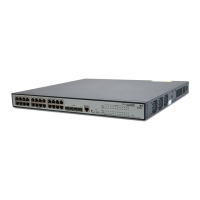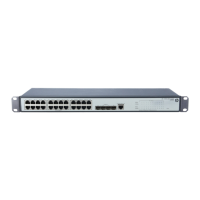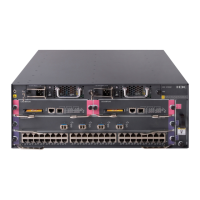300
Dynamic ARP entry
A dynamic entry is automatically created and maintained by ARP. It can get aged, be updated by a new
ARP packet, or be overwritten by a static ARP entry. When the aging timer expires or the interface goes
down, the corresponding dynamic ARP entry will be removed.
Static ARP entry
A static ARP entry is manually configured and maintained. It cannot get aged or be overwritten by a
dynamic ARP entry.
Using static ARP entries enhances communication security. After a static ARP entry is specified, only a
specific MAC address is associated with the specified IP address. Attack packets cannot modify the
IP-to-MAC mapping. Thus, communications between devices are protected.
Static ARP entries can be classified into long or short.
A long static ARP entry can be directly used to forward packets. When configuring a long static
ARP entry, you must configure a VLAN and an outbound interface for the entry besides the IP
address and the MAC address.
A short static ARP entry has only an IP address and a MAC address configured. It cannot be directly
used for forwarding data. If a short static ARP entry matches an IP packet to be forwarded, the
device sends an ARP request first. If the sender IP and MAC addresses in the received ARP reply are
the same as those in the short static ARP entry, the device adds the interface receiving the ARP reply
to the short static ARP entry. Then the entry can be used for forwarding IP packets.
NOTE:
Usually ARP dynamically resolves IP addresses to MAC addresses, without manual intervention.
Managing ARP entries
Displaying ARP entries
Select Network > ARP Management from the navigation tree to enter the default ARP Table page shown
in Figure 267. All ARP entries are displayed on the page.
Figure 267 ARP Table configuration page
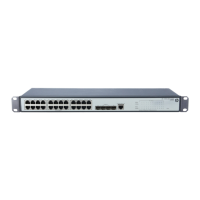
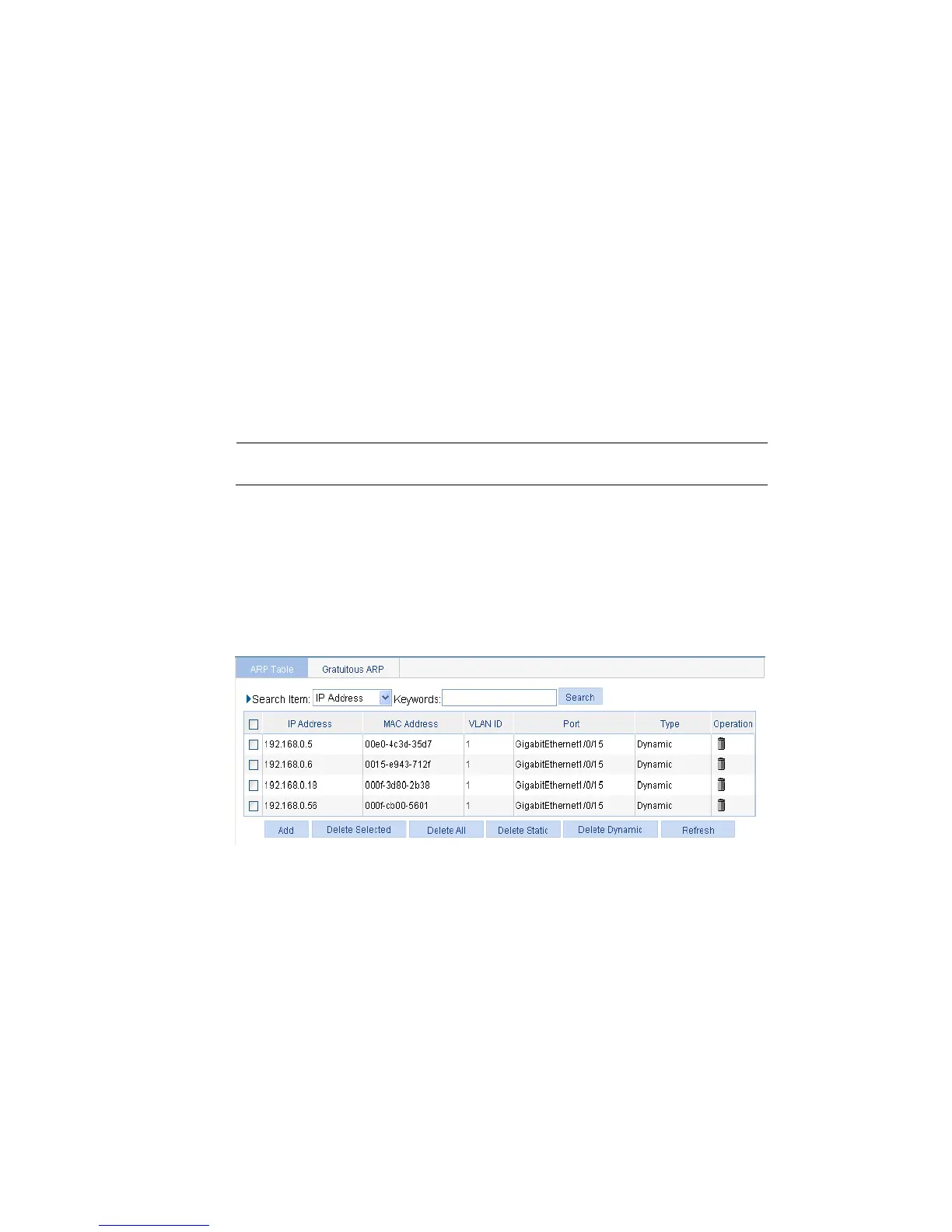